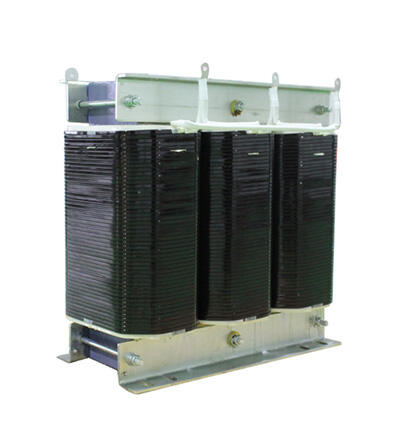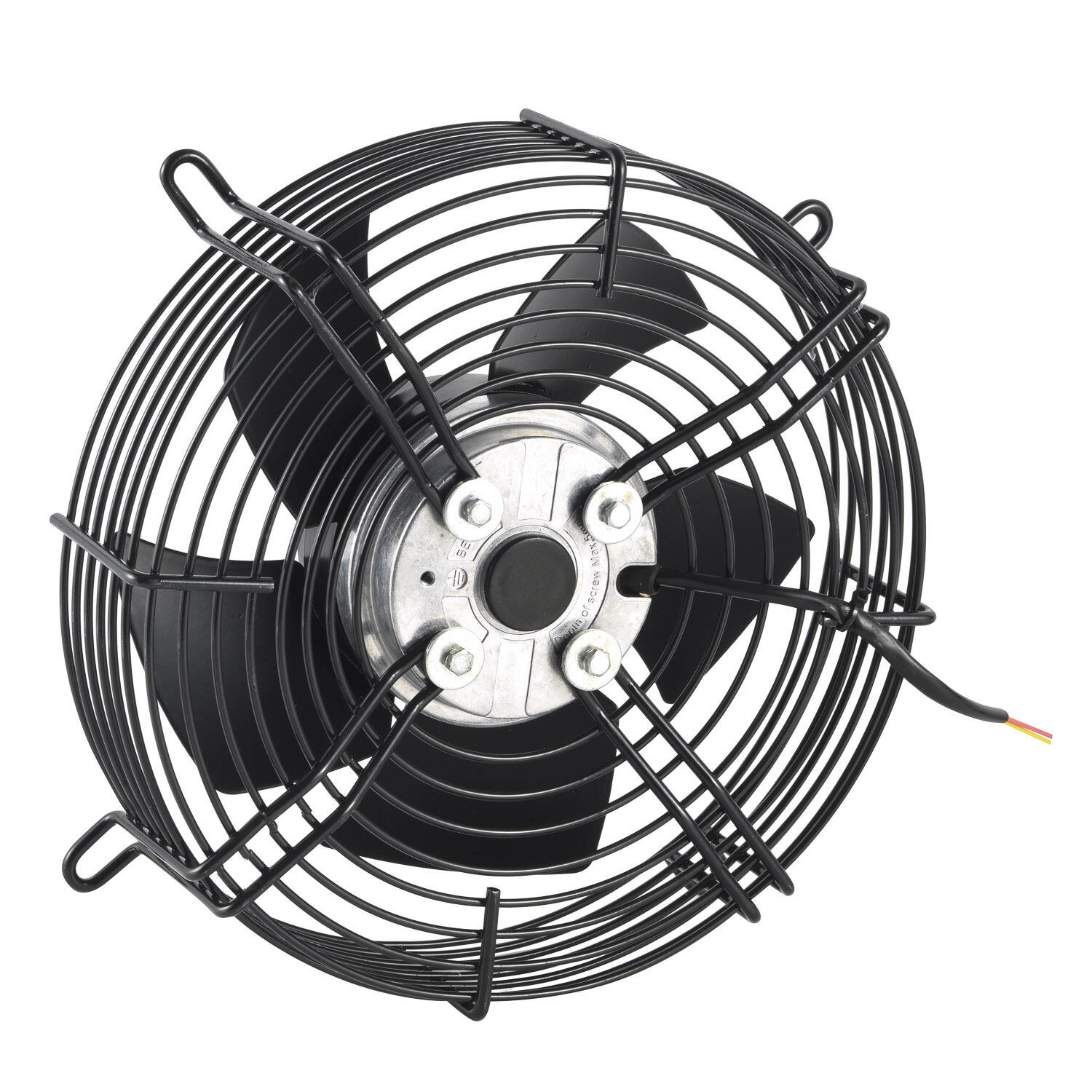การวัดอุณหภูมิแบบไร้สาย
การวัดอุณหภูมิแบบไร้สายถือเป็นความก้าวหน้าอย่างปฏิวัติในระบบการตรวจสอบและการควบคุม โดยให้การรวบรวมข้อมูลอุณหภูมิแบบเรียลไทม์โดยไม่มีข้อจำกัดของโซลูชันแบบเชื่อมต่อสายทั่วไป เทคโนโลยีนี้ใช้เซนเซอร์ที่ซับซ้อนเพื่อส่งค่าการวัดอุณหภูมิผ่านคลื่นวิทยุหรือโปรโตคอลไร้สายอื่น ๆ ไปยังสถานีตรวจสอบกลาง ระบบดังกล่าวมักประกอบด้วยสามองค์ประกอบหลัก: เซนเซอร์วัดอุณหภูมิ, เครื่องส่งสัญญาณไร้สาย และหน่วยรับที่ประมวลผลและแสดงข้อมูล อุปกรณ์เหล่านี้สามารถทำงานได้ในหลายความถี่ โดยปกติจะใช้คลื่นวิทยุ ISM (Industrial, Scientific, and Medical) เพื่อการสื่อสารที่น่าเชื่อถือแม้ในสภาพแวดล้อมที่ท้าทาย เทคโนโลยีนี้รองรับจุดวัดหลายจุดพร้อมกัน ทำให้สามารถตรวจสอบอุณหภูมิครอบคลุมพื้นที่ขนาดใหญ่หรือการติดตั้งที่ซับซ้อนได้ ระบบวัดอุณหภูมิแบบไร้สายสมัยใหม่มักบูรณาการกับแพลตฟอร์มบนคลาวด์ ช่วยให้มีการเก็บข้อมูล การวิเคราะห์ และเข้าถึงจากระยะไกลผ่านอุปกรณ์เคลื่อนที่หรือคอมพิวเตอร์ นอกจากนี้ยังมีฟังก์ชันเตือนที่ปรับได้ การบันทึกข้อมูลอัตโนมัติ และรายงานที่ปรับแต่งได้ แอปพลิเคชันครอบคลุมหลายอุตสาหกรรม เช่น การผลิต การแปรรูปอาหาร การผลิตยา ระบบ HVAC และงานวิจัยทางวิทยาศาสตร์ เทคโนโลยีนี้มีคุณค่าอย่างยิ่งในสถานการณ์ที่การเดินสายไฟทางกายภาพไม่เหมาะสม แพง หรืออาจเป็นอันตราย เช่น ในอุปกรณ์หมุน เครื่องจักรที่เคลื่อนที่ หรือสภาพแวดล้อมที่เป็นอันตราย


